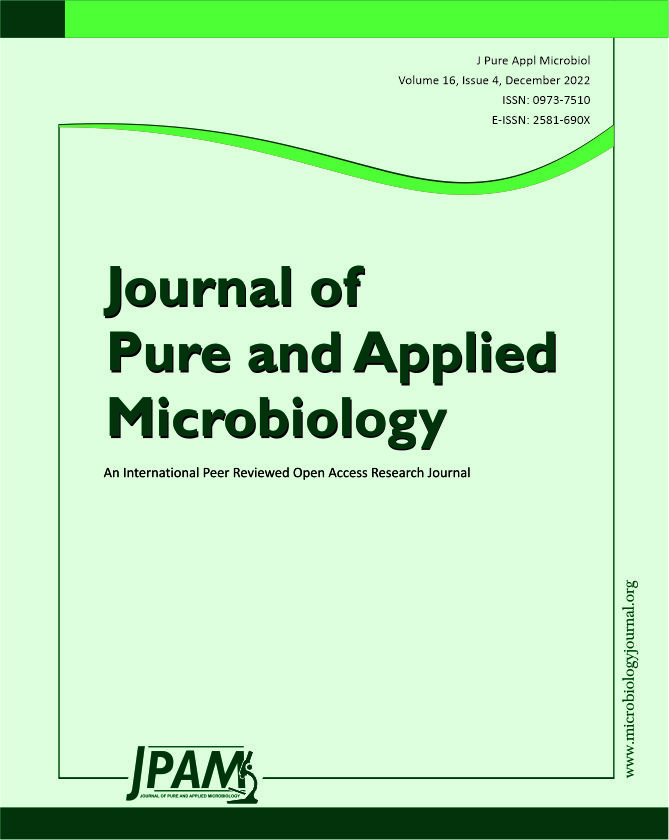Lovastatin is a naturally produced 3-hydroxy-3-methylglutaryl-coenzyme A (HMG-CoA) reductase enzyme inhibitor- used for treating hypercholesterolemia. It was the first statin drug which was approved by the United States Food and Drug Administration (USFDA). In the current study, endophytic fungus Fusarium nectrioides (MH173849) isolated from Euphorbia hirta L. was used for the production of lovastatin. Four different culture media indicated as M1, M2, M3 and M4 were used for the initial production of lovastatin. Liquid cheese whey was used as nitrogen source. Growth morphology of fungi was investigated using Scanning Electron Microscopy analysis. Also, parameters like temperature, pH, inoculum size, incubation time, and RPM were optimized for the obtaining highest lovastatin production. Among the four media, M4 was found to produce the maximum concentration of lovastatin. Parameters such as temperature of 28°C, pH 6, RPM – 180 rpm and inoculum size of 5 x107 spores/mL were optimal for the production of lovastatin by F. nectrioides (MH173849).
Fusarium nectrioides, Lovastatin, Endophytic Fungus, Euphorbia hirta (Linn), Liquid Cheese Whey, Optimization
© The Author(s) 2022. Open Access. This article is distributed under the terms of the Creative Commons Attribution 4.0 International License which permits unrestricted use, sharing, distribution, and reproduction in any medium, provided you give appropriate credit to the original author(s) and the source, provide a link to the Creative Commons license, and indicate if changes were made.


